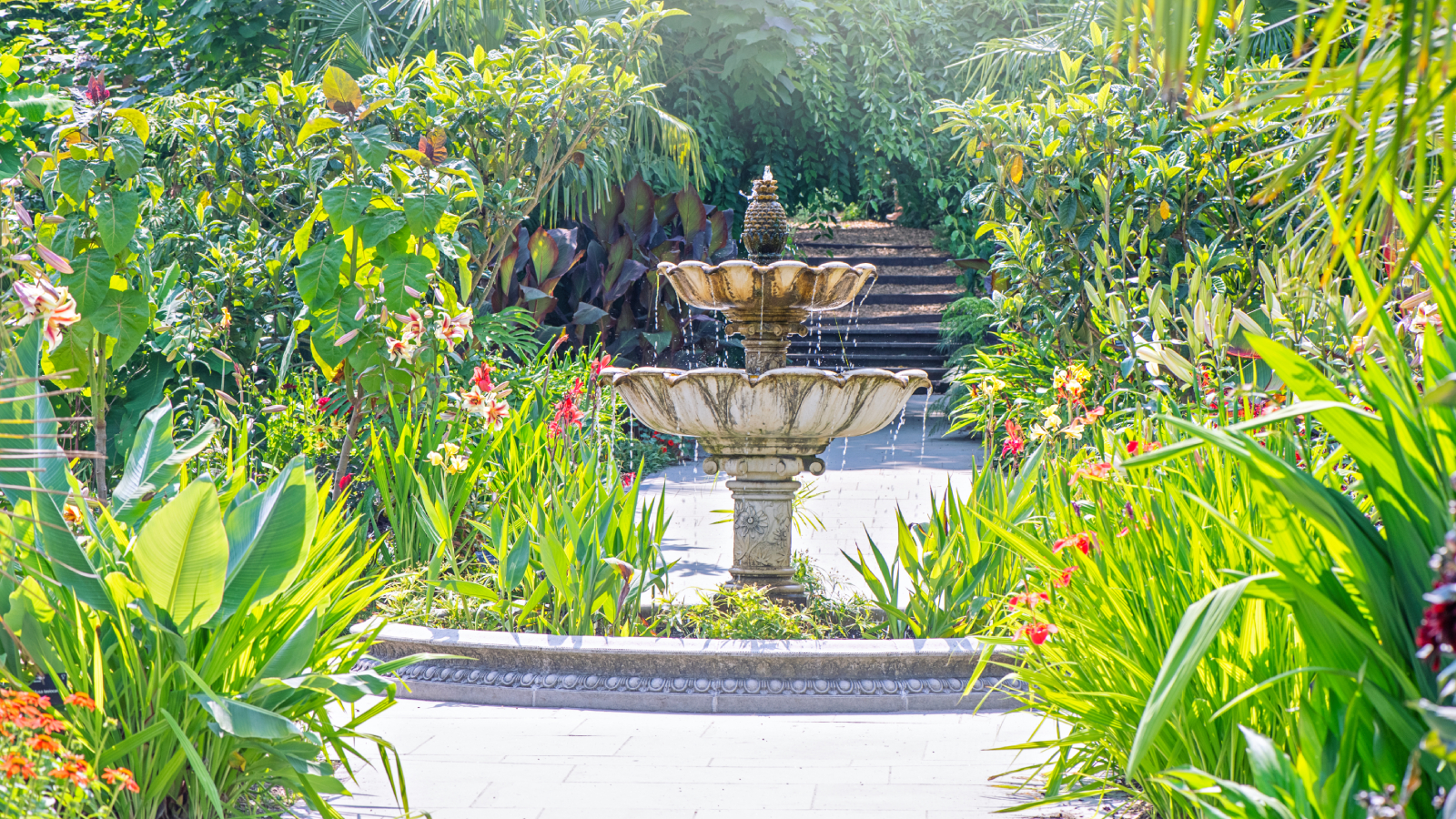Different Types Of Gardens: Unique Gardening Styles To Try In Your Landscape
Gardens are as unique as their designers and different types of gardens allow gardeners to express their creativity. Explore gardening styles and get inspired.


Gardening is not only a hobby; it's an art form. Gardens are as unique as their designers. There are gardens for specific uses such as memory or vegetable gardens; gardens designed to evoke a feeling, as in meditation gardens; and those that honor a particular national style, like Japanese gardens. Specialty gardens allow gardeners to express their dreams, reflect on concepts, and pay tribute to gardeners from the past.
Different Types of Gardens
Travel to almost any destination and you will see many types of gardens. Some are colossal professional landscapes with historical importance, while others are simple home gardens for food or backyard enjoyment. Whether it is a landscape already mentioned, a native garden, tropical or any other of the many unique gardening styles, ease of maintenance, appropriate plants for site and zone, hardscape details and other items are all considerations of the design.
Using Plants in Different Types of Gardens
You may absolutely love roses, bulbs, tropical plants or wild flowers. There are many types of gardens that are planned around the gardener's favorite plants. Even when centering on a plant group, different garden styles will emerge as comfort, viewing pleasure and other subjects are addressed. Not every rose garden looks the same, and each designer can put his/her own individual stamp on a plant centric landscape. Some plant group designs might include:
- Water Plants
- Wildflowers
- Woodland Plants
- Bulbs
- Perennials
- Herbs
- Vegetables and Fruits
- Shade Plants
- Succulents and Cacti
- Annuals
Types of Gardens From Around the World
Each country has a particular gardening style. In China, the great rice paddies are an example that was born out of necessity both for the food and as a way to terrace the hilly terrain and contain the water needed to grow the rice. Move into parts of Europe and Mediterranean gardens took advantage of mild winters and temperate climate. The different garden styles reflected by each nation are a nod to its culture and history as well as a glimpse into its cuisine and medicinal past.
- French garden – Traditionally, a French garden design is very organized and ornate. A mixture of flowers, shrubs, herbs and edibles are included.
- English garden – An English garden focuses on flowers, including bulbs and textured or manicured shrubs. It may be very formal or more natural like a cottage garden style.
- German garden – These often included livestock, so walls and fences are integral aspects of a German garden. Weeping trees, usually a small structure and grottos may be featured as well.
- Mediterranean garden – Olive trees, figs, grapes and more are part of this temperate landscape. There will be a mix of plants that are hardy and self-sufficient in the Mediterranean garden design.
- Japanese garden – Japanese maples provide shade and texture, while mosses and ferns are understory plants. Typical Japanese gardens may have a water feature bordered by azaleas and rhododendrons.
- Chinese garden – A concept with hundreds of years of development, each plant and the complementary accessories in a Chinese garden is carefully thought out and has specific meaning much like Japanese designs.
- Persian garden – Generally includes a water feature or water source, such as an aquifer. Healing herbs, fruit trees and vines also add a sense of peace and serenity to Persian gardens.
Types of Gardens for Specific Uses
Among the many unique gardening styles, those that were designed for a certain purpose are the most useful. An orchard produces fruit, an herb garden provides seasoning and medicine, and a butterfly garden entices those beautiful insects for enjoyable viewing. Traditional gardens were often near the kitchen and featured items used in the home for cooking, seasoning, sachets and cut flowers. Some examples of other purposeful gardens are:
- Pollinator gardens
- Cut flower gardens
- Hummingbird gardens
- Fruits, Vegetables and Herbs
- Demonstration or Experimental gardens
- Sensory gardens
- Moonlight gardens
- Therapy gardens
- Memorial gardens
- Rain gardens
- Xeriscapes
Gardening tips, videos, info and more delivered right to your inbox!
Sign up for the Gardening Know How newsletter today and receive a free copy of our e-book "How to Grow Delicious Tomatoes".

Bonnie Grant is a professional landscaper with a Certification in Urban Gardening. She has been gardening and writing for 15 years. A former professional chef, she has a passion for edible landscaping.
-
 Looking For Plants To Give You The Soft And Fuzzies? Try These 5 Fuzzy Leaf Plant Options
Looking For Plants To Give You The Soft And Fuzzies? Try These 5 Fuzzy Leaf Plant OptionsLovers of texture, drama, silver foliage and tactile plants will adore these special sensory garden additions. These fuzzy leaf plant options will leave you all aglow
By Susan Albert
-
 Get Ready For A Summer Of Hummers! Grow These Full Sun Hummingbird Plants and Flowers
Get Ready For A Summer Of Hummers! Grow These Full Sun Hummingbird Plants and FlowersIf you’re lucky enough to enjoy a sunny backyard, make sure you are maxing out on your pollinator opportunities and grow these full sun hummingbird plants and flowers
By Tonya Barnett